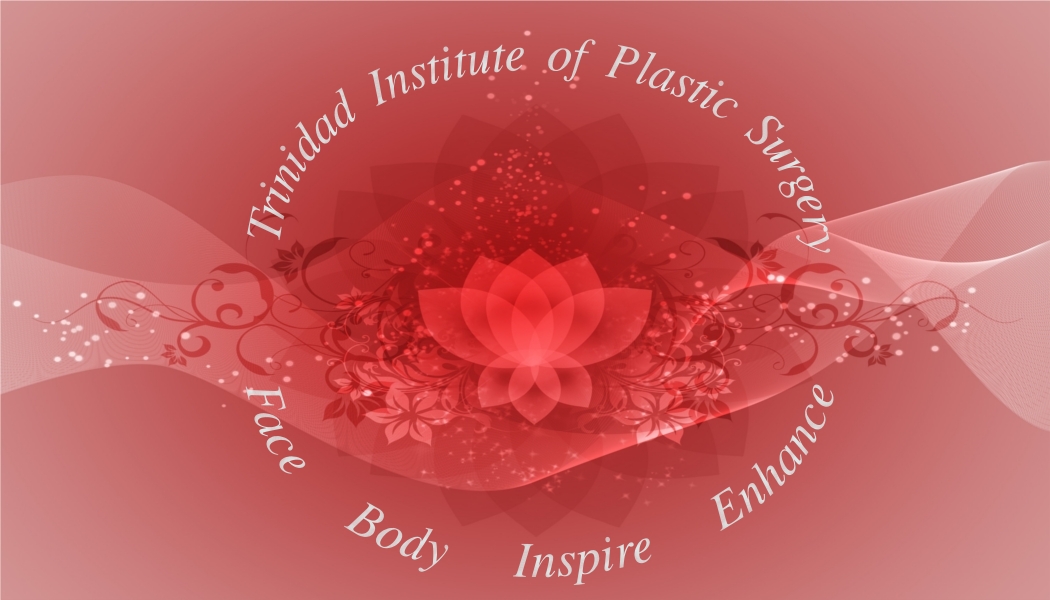 Chin augmentation is a cosmetic surgery procedure used to restore facial harmony to the lower one third of the face lost to a receding chin in sideview. Nose, lips and chin have to be in a harmonious position with respect to each other to let the face appear in balance. Thus rhinoplasty is very often combined with chin augmentation. While there is little doubt that insertion of implants may be the most frequent method used to perform chin augmentation world wide and may also be the first solution coming to the minds of clients and surgeons alike, implants may not necessarily be the best method in all circumstances.
Chin augmentation is a cosmetic surgery procedure used to restore facial harmony to the lower one third of the face lost to a receding chin in sideview. Nose, lips and chin have to be in a harmonious position with respect to each other to let the face appear in balance. Thus rhinoplasty is very often combined with chin augmentation. While there is little doubt that insertion of implants may be the most frequent method used to perform chin augmentation world wide and may also be the first solution coming to the minds of clients and surgeons alike, implants may not necessarily be the best method in all circumstances.
Although rare after chin augmentation, infection, asymmetry and implant malposition do occur. The risk of implants is not zero. Importantly, the bigger the implants are (e. g. the further back the chin is positioned), the more resorption of underlying bone of the chin is going to occur over time due to the pressure exerted by the implant on its platform.
The alternative to chin augmentation with implants and their potential complications is a so called advancement genioplasty. Through a small incision inside the mouth opposite to the front teeth of the lower jaw one gains access to the bone of the chin, which is then separated from the remaining bone of the lower jaw and moved into a more forward position, where it is held with small bone plates and screws. Such the chin is put into a more harmonious position with respect to the rest of the face. Swelling after this procedure tends to be a bit more extensive and last a little longer than after the insertion of implants and rarely some numbness is possible on the sides of the chin. Very rarely this may become permanent. Otherwise this procedure is by and large free of the drawbacks of implants as infection and asymmetry are rare and the result is more permanent due to the absence of bone resorption.
The advantages of chin augmentation by advancement genioplasty were nicely summarized previously (Guyoron B. et al. (Eds), Principles and Practice of Plastic Surgery, Chapter 44, Elsevier 2007): “Osseous genioplasty is an underused and underestimated procedure. It is erroneously assumed that in contrast to the insertion of chin implants it requires advanced craniofacial surgery training and techniques. This is certainly not the case for a primary osseous genioplasty, but will be necessary in an endgame situation of a chin operated upon multiple times with implants”.
Which circumstances now do favor one method over the other ? Osseous advancement genioplasty is best used in clients who desire chin augmentation but want to avoid implants, younger clients in whom the permanence and relative absence of complications justifies the somewhat longer recovery and higher costs and those who require chin advancement between six and ten millimeters. A special situation would be a client who requires movement of the chin point in more than one direction. Such problems cannot be corrected with implants, which are too one dimensional. Osseous genioplasty on the other hand is very versatile and can position the chin virtually anywhere and thus is able to correct asymmetries or excessively large or small skins by removing or adding slivers of bone.
Like so many issues in cosmetic surgery of the face – adapt the solution to the problem, one size does not fit all !
&nsbp;
Trinidad Institute of Plastic Surgery – the superior choice for chin augmentation facial plastic surgery in the Caribbean, Antigua and Barbuda, The Bahamas, Barbados, Belize, Dominica, Grenada, Guyana, Haiti, Jamaica, Montserrat, Saint Lucia, St. Kitts and Nevis, St. Vincent and the Grenadines, Suriname, Trinidad and Tobago, Bermuda, British Virgin Islands, Cayman Islands, Turks and Caicos Islands, Miami, New York, Toronto, London